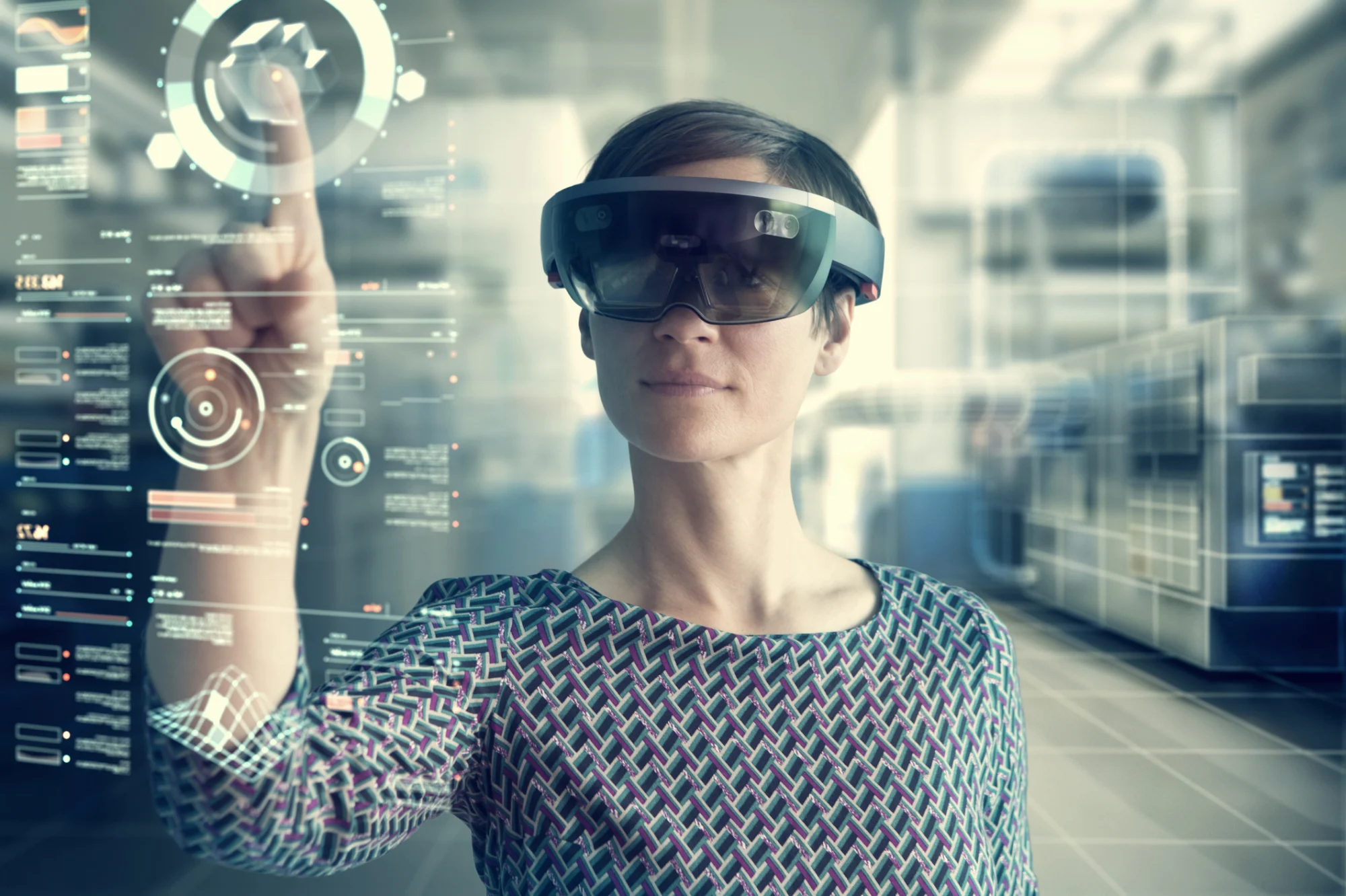The Impact of NFTs on the Growing Metaverse Economy
The metaverse is a collective virtual shared space, merging physical and virtual reality. It comprises various components, including virtual worlds, augmented reality, and decentralized digital economies.
Techno solution

Table of Contents
- Introduction
- Understanding NFTs
- The Metaverse: A New Digital Frontier
- How NFTs are Shaping the Metaverse Economy
- Economic Implications of NFTs in the Metaverse
- Case Studies and Real-World Examples
- Future Trends and Predictions
- Conclusion
- References
Introduction
The emergence of Non-Fungible Tokens (NFTs) has significantly impacted the digital landscape, especially within the growing metaverse economy. This article explores how NFTs are shaping the metaverse, examining their role in digital ownership, economic implications, and future trends.
Understanding NFTs
Definition and Characteristics
NFTs, or Non-Fungible Tokens, are unique digital assets verified using blockchain technology. Unlike cryptocurrencies such as Bitcoin or Ethereum, which are fungible and can be exchanged on a one-to-one basis, NFTs are indivisible and unique.
History and Evolution
NFTs have evolved from simple digital collectibles to complex assets representing art, music, virtual real estate, and more. Their history dates back to early experiments like Colored Coins on the Bitcoin blockchain, leading to the development of the Ethereum-based ERC-721 standard.
The Metaverse: A New Digital Frontier
Concept and Components
The metaverse is a collective virtual shared space, merging physical and virtual reality. It comprises various components, including virtual worlds, augmented reality, and decentralized digital economies.
Current Examples of Metaverse Platforms
Several platforms exemplify the metaverse concept, including Decentraland, The Sandbox, and Roblox, each offering unique virtual experiences and economies.
How NFTs are Shaping the Metaverse Economy
Digital Ownership and Scarcity
NFTs enable true digital ownership, ensuring that assets are unique and scarce. This concept is pivotal in the metaverse, where virtual goods and real estate hold tangible value.
Virtual Real Estate
NFTs are revolutionizing virtual real estate, allowing users to buy, sell, and trade parcels of land in virtual worlds. This has led to a booming market for virtual properties.
Gaming and Virtual Goods
In the gaming industry, NFTs represent in-game items, characters, and virtual goods. This allows players to own, trade, and monetize their digital assets.
Art and Collectibles
NFTs have gained prominence in the art world, enabling artists to sell digital art with proof of ownership and authenticity. This has opened new revenue streams for creators.
Economic Implications of NFTs in the Metaverse
Market Growth and Opportunities
The NFT market has experienced exponential growth, offering vast opportunities for investors, creators, and businesses. This growth is driving the expansion of the metaverse economy.
Challenges and Risks
Despite their potential, NFTs and the metaverse face challenges, including regulatory uncertainty, market volatility, and issues related to security and intellectual property.
Case Studies and Real-World Examples
Decentraland
Decentraland is a decentralized virtual world where users can buy, develop, and trade virtual land and assets using NFTs.
Axie Infinity
Axie Infinity is a blockchain-based game where players collect, breed, and battle creatures called Axies. NFTs represent Axies and in-game assets, creating a play-to-earn ecosystem.
CryptoPunks
CryptoPunks are one of the earliest examples of NFTs, consisting of 10,000 unique collectible characters. They have become highly sought-after digital assets.
Future Trends and Predictions
Technological Advancements
Advancements in blockchain technology, augmented reality, and artificial intelligence will continue to shape the future of NFTs and the metaverse.
Regulatory Developments
As the NFT and metaverse markets grow, regulatory frameworks will evolve to address issues such as intellectual property, taxation, and consumer protection.
Conclusion
NFTs are playing a transformative role in the metaverse economy, creating new opportunities and challenges. As the technology and market continue to evolve, their impact on digital ownership, virtual real estate, gaming, and art will expand, shaping the future of the digital world.
References
- What are NFTs?
- NFTs Explained
- History of NFTs
- Evolution of NFTs
- What is the Metaverse?
- Components of the Metaverse
- Decentraland
- The Sandbox
- Roblox
- Digital Ownership with NFTs
- Scarcity in the Digital World
- Virtual Real Estate Boom
- Investing in Virtual Real Estate
- NFTs in Gaming
- Virtual Goods and NFTs
- NFTs and Digital Art
- NFT Collectibles
- NFT Market Growth
- Opportunities in NFTs
- Challenges in the NFT Space
- Risks of Investing in NFTs
- Decentraland Overview
- Impact of NFTs in Decentraland
- Axie Infinity and NFTs
- Success Story of Axie Infinity
- CryptoPunks Explained
- Market Impact of CryptoPunks
- Future Tech in NFTs
- AI and NFTs
- Regulation of NFTs
- Legal Considerations for the Metaverse